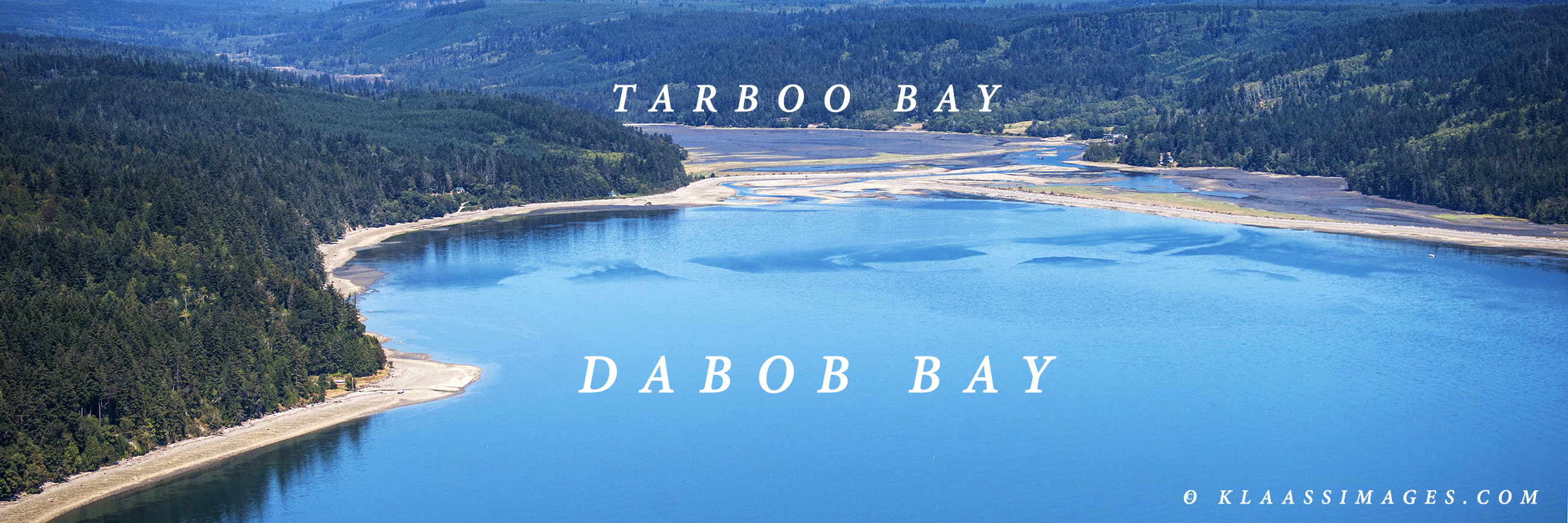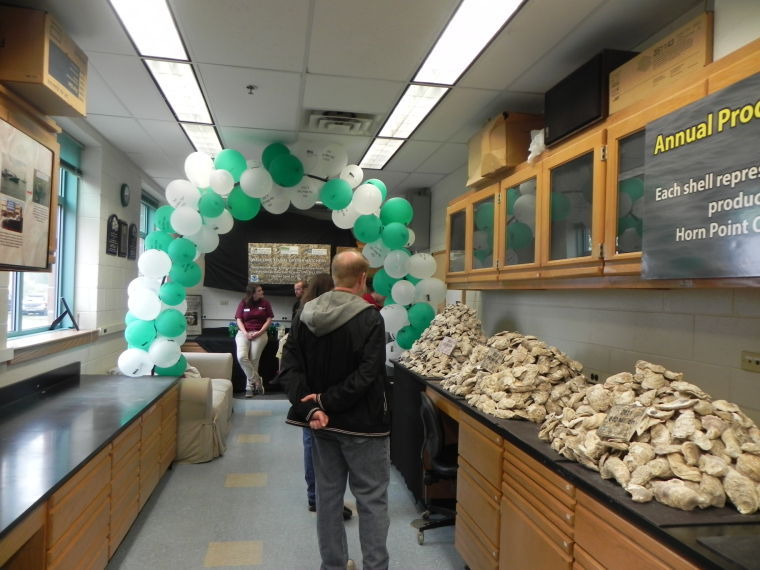
Less than 5% of total world bivalve production enters international markets one of the lowest proportions in seafood trade. In the EU, France, Spain and Italy are the main importers of oysters, while France is also among the top exporting countries 5. The majority of oyster exports originate from Korea, France and China. Global Oyster Production: Key Locations and Volumes 2018 (1)Īnnually only around 50,000 tonnes of oysters are internationally traded.

China accounts for around 85% of globally farmed oysters and consumes almost all of its own production 1, 5. Aquaculture production of oysters has increased substantially since 1990 from 1.2 million tonnes to 6 million tonnes in 2018 with a value of US$7.46 billion. Some species can be slower growing and less robust than the cupped oyster species, however they are often more highly prized gastronomically 4. Flat oysters have a much lower global production.Cupped oysters form the bulk of global oyster production and Pacific oyster is the main farmed species 1. the Sydney rock oyster and the New Zealand rock oyster are Saccostrea glomerata 2 the Japanese/ Portuguese/Pacific oyster are Crassostrea gigas 3. Cupped oyster species are genetically quite similar to each other and many geographically named oysters are the same species, e.g.And we carry out and fund research about oysters, too.There are two distinct types of oyster used in aquaculture the ‘cupped’ oysters ( Crassostrea/Saccostrea species ) and the ‘flat’ oysters ( Ostreacea): Our scientists provide technical advice to people who are working on oyster restoration projects. We also support science related to Eastern oysters. All together, in Maryland and Virginia, roughly 1,100 acres can be considered restored as part of this effort. So far, three tributaries are considered restored, and work continues in seven more. That’s the goal set by Chesapeake Bay Program. With partners, we are working to restore oyster reefs in 10 Chesapeake Bay tributaries by 2025. In the Chesapeake Bay, we are part of the world’s largest oyster restoration effort. NOAA is teaming up with other organizations to restore oyster reefs up and down the East Coast. In the Chesapeake Bay, scientists estimate that the population is only at 1–2 percent of historic levels. Today, in many areas, oyster populations are only a fraction of what they once were. Oysters also face challenges from disease and habitat degradation. For people who enjoy eating them, they are a treasured culinary delicacy.īut their status as a tasty source of protein, vitamins, and minerals led to years of overharvesting. Middens-historic piles of oyster shells discarded after humans ate the meat-show that people have eaten Eastern oysters along the East Coast of North America for perhaps 2,000 years or more. These reefs provide habitat for fish, crabs, invertebrates, macrofauna, and birds. They attach to firm bottom areas and to each other to grow into reefs.

In some warmer areas, they are able to live in the intertidal zone. Eastern oysters live in brackish and salty waters from 8–35 feet deep.They are the only species of oyster native to this region. They are found in the middle and lower Chesapeake Bay and its rivers. Eastern oysters are found along eastern North America from the Gulf of St.Each female can produce over 100 million eggs during a spawning event.First mature as males, then later develop female reproductive capabilities.Have fast growth rates and high reproduction rates.

Adults are sessile – they stay in one place – and inhabit both intertidal and subtidal areas.Like mussels, clams and scallops they are bivalve mollusks, and have a hinged shell. The shell has a “cupped” shape to it, giving rise to its alternate name “American cupped oyster.”.The inside of the shell is white to off/white to brownish in color. The shell has smooth edges and is oval in shape.There, they have restored nearly 1,100 acres of oyster reef. In the Chesapeake Bay, for example, NOAA and partners are involved in the world’s largest oyster restoration effort. Recreational anglers target healthy reefs for fishing opportunities, too. And NOAA and our partners are working to restore the healthy oyster reefs that so many other species rely on for habitat. Oyster aquaculture-farming of these tasty shellfish-is a growing industry. Many people are growing oysters for people to eat. This is due to disease, overharvesting, habitat loss, and poor water quality.īut people-including NOAA scientists-are working hard to rebuild oyster populations. Since then, in many areas, the populations have dwindled to just a few percent of what they once were. In some places, reefs were so big that ships had to navigate around them. They are habitat for fish, crabs, and other critters-and because as filter feeders, they help filter the water.

The Eastern oyster is treasured as food by humans and other species.


 0 kommentar(er)
0 kommentar(er)
